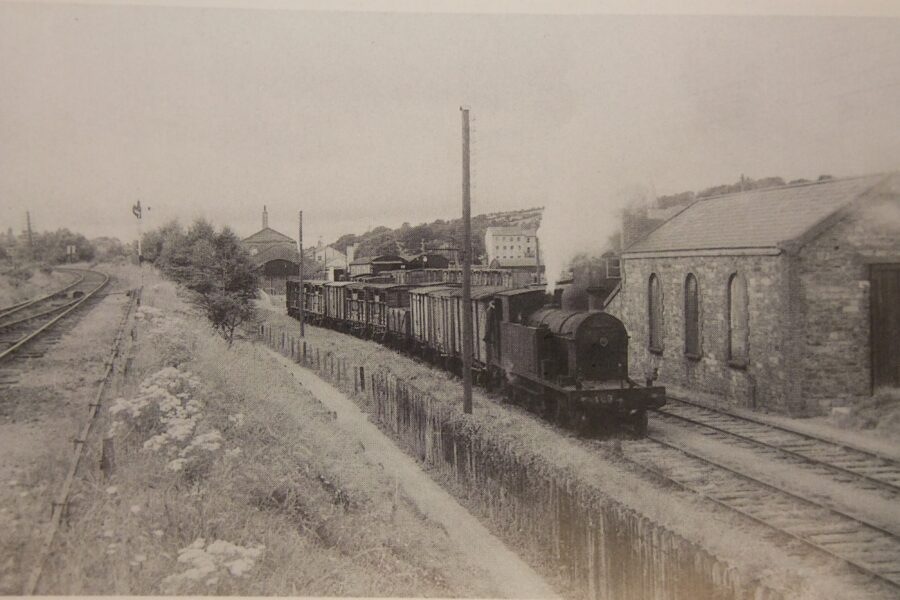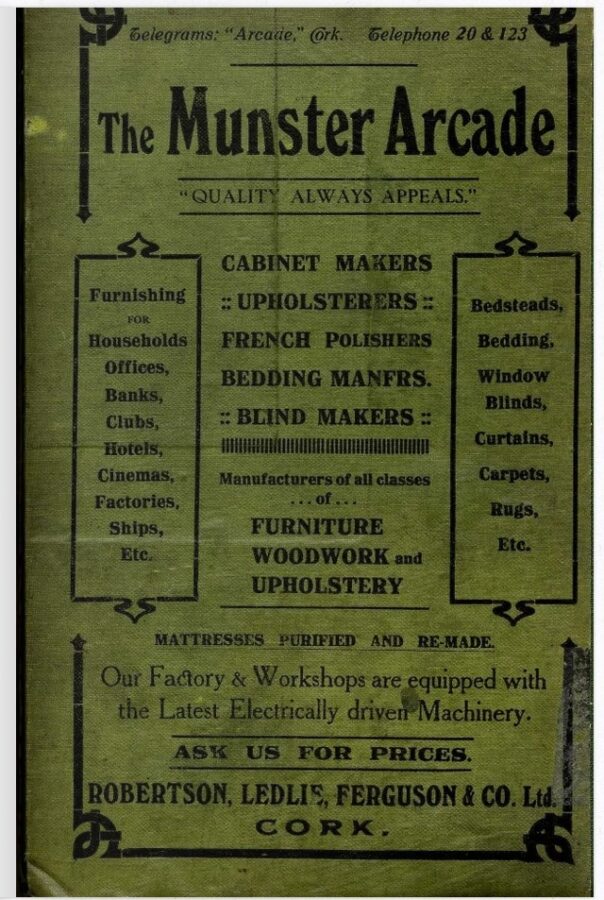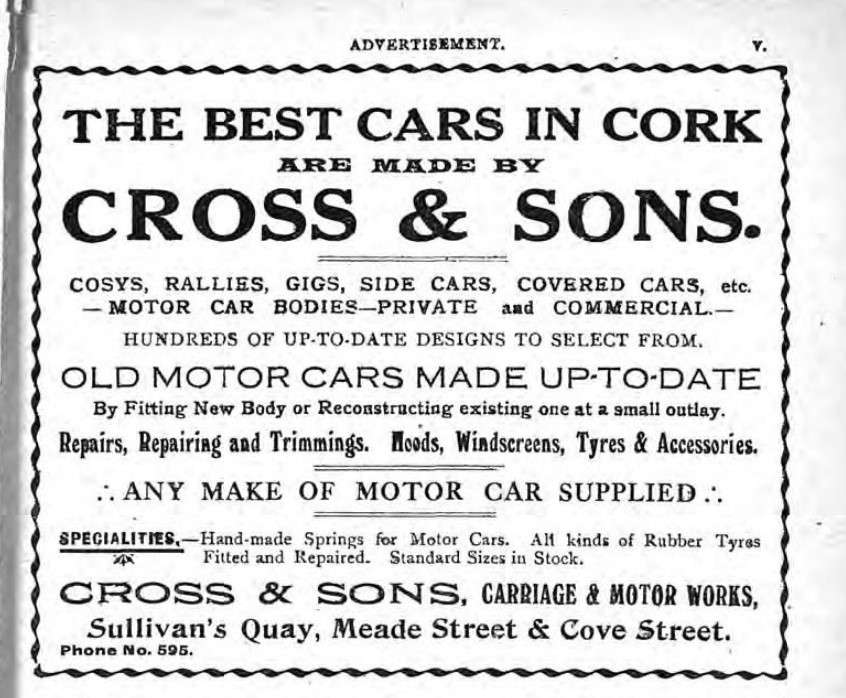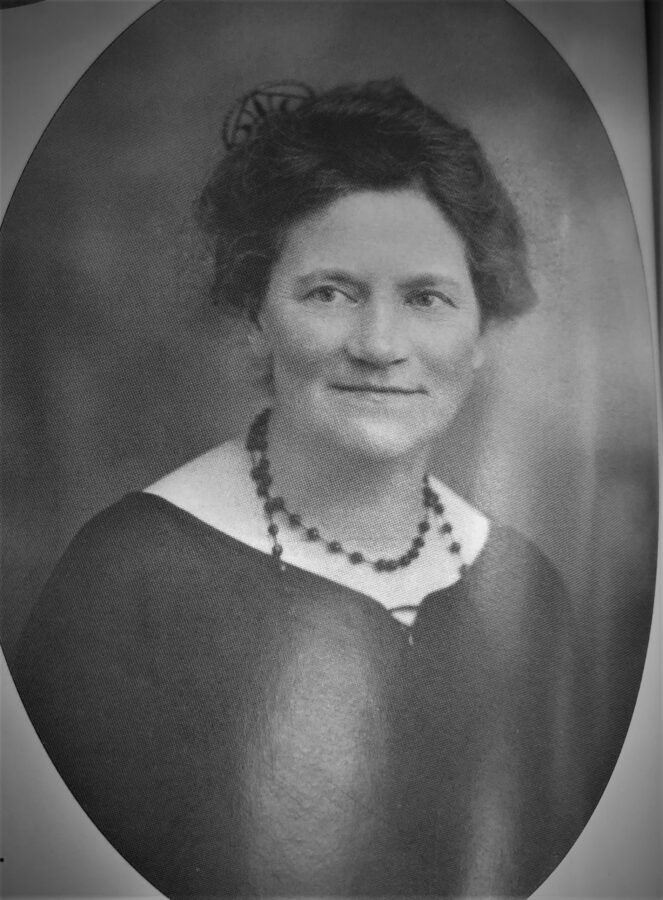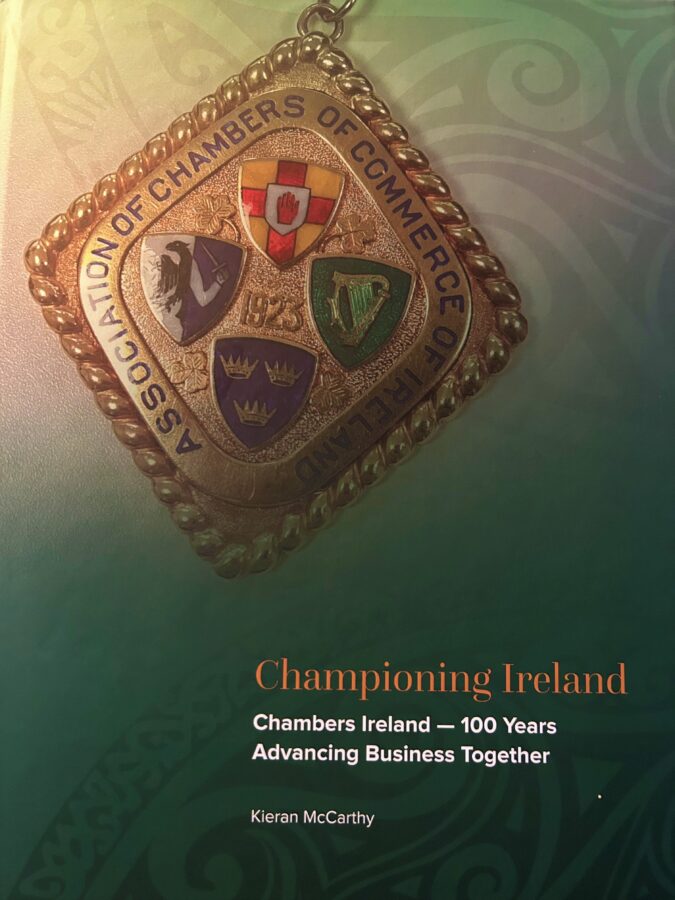
Kieran’s Our City, Our Town Article,
Cork Independent, 9 March 2023
Recasting Cork: The Irish Chambers of Commerce Come Together
This month Chambers Ireland celebrates its centenary since its formation in early 1923. At the heart of its foundational story is Cork Chamber of Commerce as well as four other Irish chambers of commerce. This story is the subject of a book commission I have been engaged with Chambers Ireland, and which has recently been published.
After the separation from Westminster government policy, the creation of an Irish government and against the backdrop of the lingering physical effects of war on businesses in townscapes and cityscapes, it became apparent that work similar to that performed by the British Association of Chambers of Commerce would have to be performed by an Irish association in Dublin.
In early November 1922 at a meeting of the Council members of the Cork Chamber of Commerce expressed its approval of the early formation of an Irish association of commerce. There is a reference that they supported the move as far back as May 1922 similar to a call by the Dublin Chamber of Commerce. It was hoped that such an association would represent not just a section of Ireland but the whole of Ireland.
The suggestion of the Dublin Chamber that the association should include only those bodies within the 26 counties was not supported by the Cork Chamber. The Cork Chamber argued that such a suggestion would mean the endorsement of the commercial partition of Ireland into 26 and six counties, respectively, referred to in political circles as southern and northern Ireland.
In January 1923, just one month into the official Irish Free State, the Chambers of Cork, Drogheda, Dundalk, Dublin, Limerick, New Ross, Sligo and Waterford expressed their intention to co-operate and to draft a new combination for a chamber of commerce for Ireland and to create a level of excellence for commercial development.
On 1 March 1923, representatives of the above chambers of commerce assembled in the Shelbourne Hotel, Dublin for a morning meeting to discuss the question of establishing an Association to include both the chambers of commerce of the six counties of Northern Ireland as well as those of the Irish Free State.
Mr James Shanks, JP, Dublin, presided. During the meeting all present agreed to create the Association of the Chambers of Commerce of the Irish Free State.
Mr John Callaghan Foley, President of the Cork Chamber of Commerce, felt that since Ireland had left the United Kingdom, and had secured full fiscal autonomy, that there was a necessity for such an association in order to keep in touch with the different ministries of Dáil Éireann. His wish was that any new association would be able to speak and to act with the full combined authority of all the Chambers, on behalf of the commercial interests of the country.
John moved an amendment to the effect that the Association be called “The Association of Irish Chambers of Commerce”, instead of “The Association of Chambers of Commerce of the Irish Free State”.
John believed there should not be any coercion used by the Association. They in the south of the country traded with Northern Ireland with the “greatest harmony and friendship”, and he was sure that spirit would always continue. A chamber of commerce of the Free State would operate in the four provinces, and that they should have a title covering the whole country.
At the Shelbourne Hotel meeting a deputation consisting of the Presidents of the “southern chambers” was appointed to discuss the question with the Northern representatives. The upshot a few weeks later was a reply by the Northern Chambers they could not “usefully merge themselves in an Association such as that suggested and that having regard to the community of interests, fiscal and otherwise, in Northern Ireland and Great Britain as a distinctive federation of Northern Chambers was considered necessary”.
On 9 October 1923, the first meeting of the Association’s Executive Council was held. The Chambers of Commerce in Dublin, Cork and Limerick and the Cork Incorporated Chamber of Commerce and Shipping were noted as the first members. The President was John Good TD (Dublin); the Vice Presidents were John Callaghan Foley of Cork Chamber of Commerce and George R Ryan of Limerick Chamber of Commerce.
The Association had as its object the criticism of the Irish Government economic policy in a constructive manner, and to endeavour whenever possible to place its views before Government ministers. It was necessary to do this before the Minister’s views had crystallised, and before any proposed bill was actually drafted. Once a bill was drafted Ministers, to a certain extent, were bound by it.
The above story is a part of a wider book publication, which is now available from Chambers Ireland in Dublin. This publication adds another important lens to exploring life in the early Irish Free State – hitherto unexplored – on how such an organisation founded in an era of profound change for Irish society evolved over ten decades taking in the needs and challenges of the business sector and their voices. This book draws on the archives of Chambers Ireland and in particular from its rich press coverage and its elaborately published journals and magazines over the past one hundred years. It highlights the big stories of the chamber’s past but also the subtler elements – the messages, the conversations, and speeches.
In the age of national and provincial newspapers now being digitised, it is more accessible than ever before to not only find relevant historical information but also follow threads of information to be able to explore sub-topics more. The National Library, Dublin and the British Library also hold very rich content from non-consecutive runs of the national association’s journal and magazine productions from 1926 to the present day.
Championing Ireland – Chambers Ireland 100 Years Advancing Business Together (2023) by Kieran McCarthy is a book commission and is published by Chambers Ireland.
Caption:
1192a. Front cover of Kieran’s new book Championing Ireland – Chambers Ireland 100 Years Advancing Business Together (Chambers Ireland, 2023).
